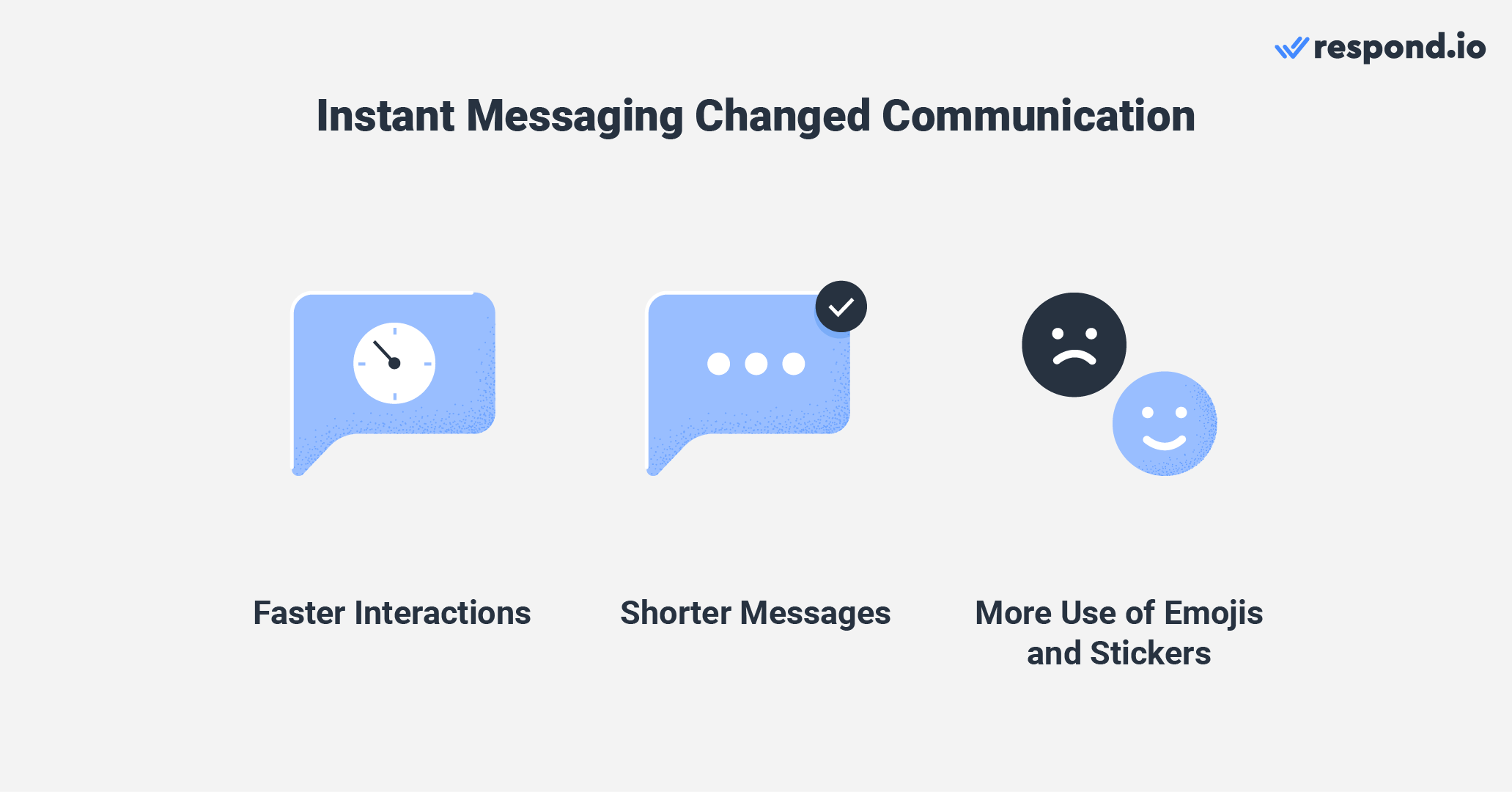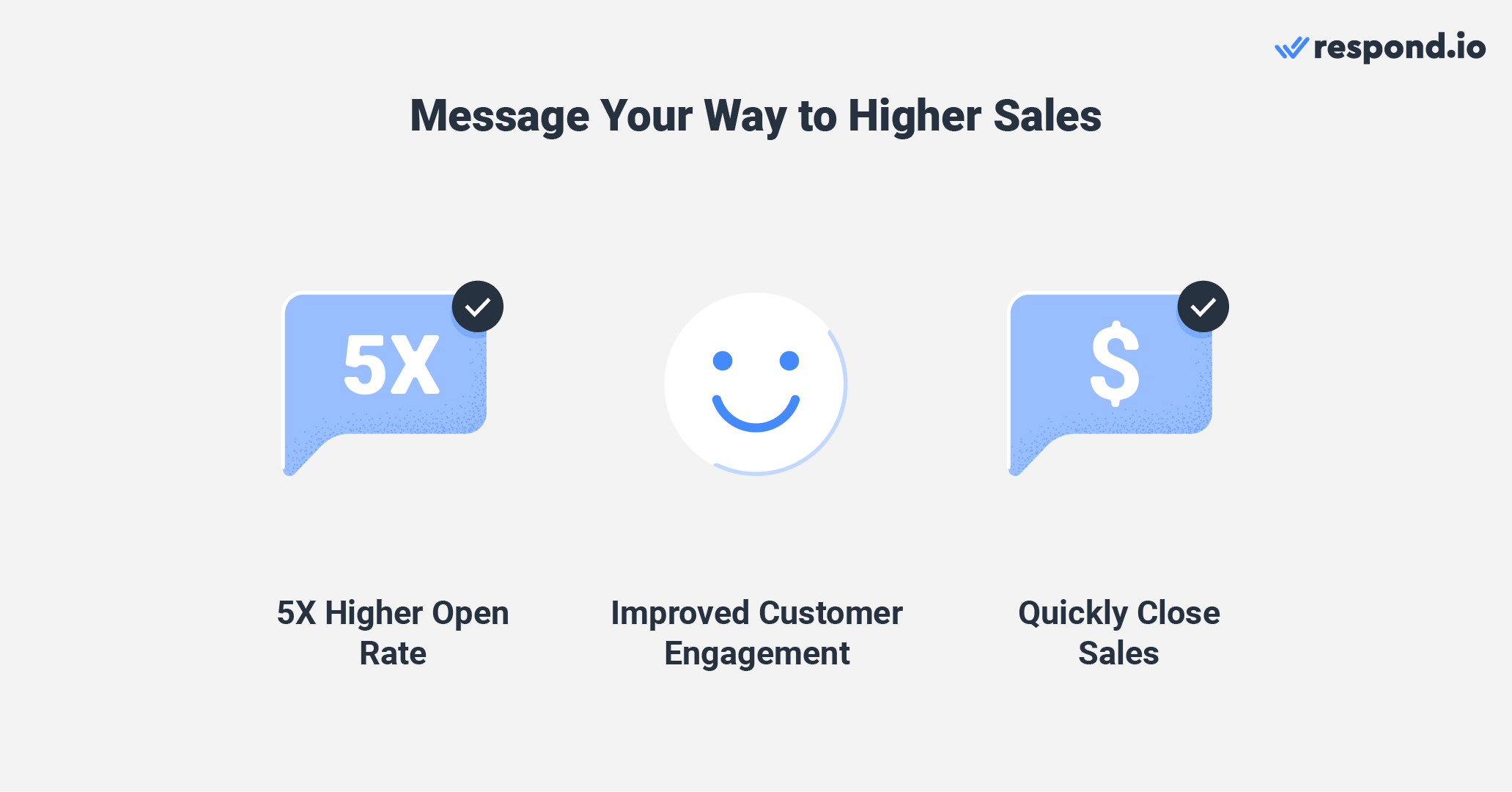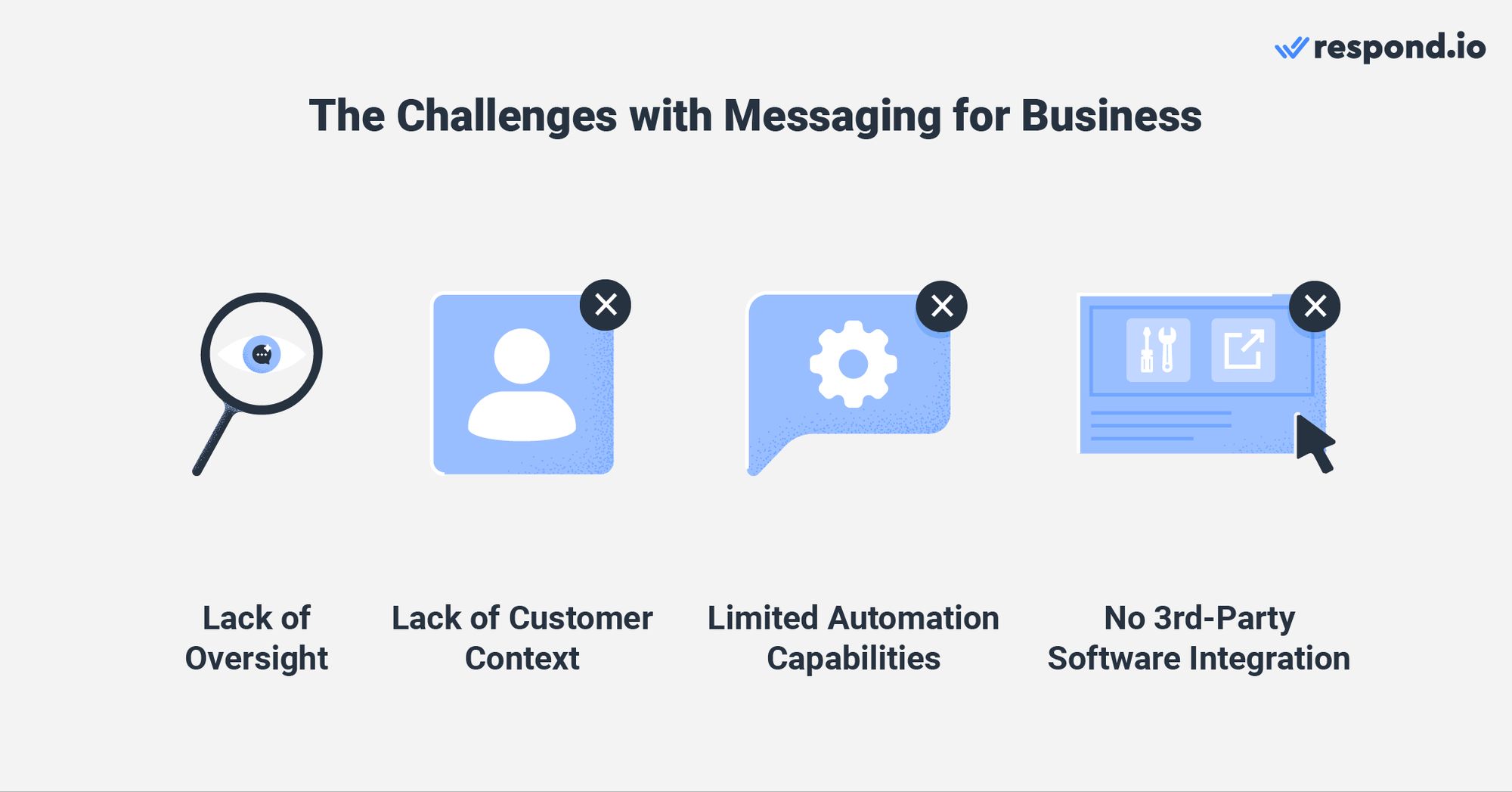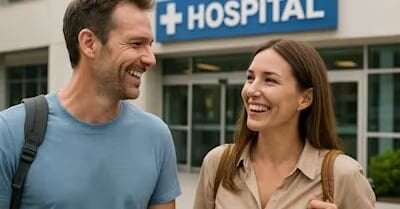

Businesses are jumping on the business messaging trend by reaching out to customers on apps like WhatsApp, Facebook Messenger, LINE, Viber and more. Today, it is a critical part of many businesses around the world. But how does it work? In this article, you’ll learn what business messaging is, how it benefits your business and how the right business messaging software can enhance this practice.
Messaging in an Ever-Connected World
More than 3 billion people around the world use messaging apps to communicate with one another. It’s now the dominant way people communicate online, from having casual conversations to planning family events.
The past several years have seen businesses use messaging apps to reach their customers better. Businesses have even made significant investments to make this a reality.
Customer Communication Will Never Be the Same Again
Today, most of our online conversations occur over instant messaging apps. Calls, texts and emails have fallen out of favor. There are several reasons for this. First, instant messaging apps happen to be free, which is a big factor in their high adoption rate.
Furthermore, they have many features that improve the communication experience. Read receipts let you know when the recipient has read your message. Emojis, gifs and stickers give you more options to express yourself.
All these great features produced side effects. Customers expect speedy responses, especially when messages have been read. Your customers might view it as poor service if you don't reply to their messages quickly.

Long blocks of text are also not well received. If you don’t use emojis and stickers, it can give the impression that you’re too serious. In some cases, your messages can come across as cold or unfriendly, even if that’s not your intention.
All this is in stark contrast to communication via email, which is formal and slow. Despite that, many businesses still use email as their primary means of communication.
Even though our personal communication has changed, should businesses do the same? In the next section, let’s look at how businesses can use instant messaging to their advantage.
Business Messages are the Way to Go
Business messaging has “democratized” commerce by giving businesses of all sizes the means to market their products directly and effectively to customers. Traditional channels like email and phone calls can’t offer the same versatility and results.
In this section, we’ll focus on how you win when adopting business messaging with regard to customer relationships and revenue generation.
Messaging for Business: Build Closer Ties with Your Customers
Business messaging fills the gap in the customer experience in a way traditional channels can’t. Unlike traditional channels, there’s no pressure to have the shortest possible calls or to cram a ton of information into a single SMS.
Conversations on instant messaging apps feel more casual than formal. This helps prevent a sense of distance from your customers and establish closer ties with them. It’s the closest thing to meeting and talking to them in person without actually being there.

This rapport is further built upon with the use of chat history. It provides the agent with the necessary context before answering any inquiry. This avoids customers having to repeat themselves and helps resolve queries as soon as possible.
Furthermore, agents can attend to multiple conversations at a time over instant messaging. This means that your customers never have to wait that long before receiving a reply, giving them a sense of being prioritized.
Messaging for Business: Message Your Way to Higher Sales
Conversational commerce is a way to create a customer-centric experience when it comes to shopping by merging e-commerce with business messaging apps. It’s a gateway for customers to reach you directly.
As such, it has advantages over traditional means of conducting sales. Sales-related messages have a 5X higher open rate compared to email. This allows sales agents to engage prospects and encourage subsequent responses quickly.

The personalized nature of business messaging and improved customer engagement can increase sales conversions. Sales agents can provide quick assistance to the customer with the information they need to close sales.
Despite the many benefits business messaging has to offer, there are challenges they face when using it.
Turn customer conversations into business growth with respond.io. ✨
Manage calls, chats and emails in one place!
The Challenges with Messaging for Business
Before adopting instant messaging for customer communications, you will need to overcome some challenges.

Here are a few of the hurdles that businesses face when trying to incorporate business messaging as a part of their operations.
Lack of Oversight
By using personal messaging apps, managers can’t oversee what agents are saying to customers. Without a centralized system or shared inbox, ensuring consistent messaging and quality customer service becomes difficult.
This limited visibility makes it challenging to identify areas for improvement or provide timely feedback to agents, as saying the wrong thing can potentially damage customer relationships and negatively impact the business's reputation.
Furthermore, personal messaging apps like WhatsApp Business App don't provide any built-in mechanism to measure agent performance. Without key performance indicators or metrics to track, managers struggle to evaluate agent productivity, response times or customer satisfaction levels.
Lack of Customer Context
There are times when a customer may contact you through more than one messaging app. This results in customer conversations being scattered across different platforms.
Without the right context, agents may struggle to provide accurate and timely responses. They may not be aware of previous conversations or have access to the complete customer profile, resulting in a disjointed and inefficient customer service experience.
Agents may duplicate efforts, provide redundant information or ask repetitive questions due to the lack of visibility into the customer's previous interactions.
This can lead to frustration and dissatisfaction on the customer's end, as they expect a seamless and coherent omnichannel experience when engaging with a business across different messaging channels.
Limited Automation Capabilities
The lack of automation features in messaging apps poses additional challenges for businesses. Some apps like WhatsApp Business App do offer basic automation features such as auto-reply.
However, their capabilities are often restricted and insufficient for complex tasks, especially for large businesses. This limitation becomes apparent in two critical areas: Inbound conversation management and overall efficiency in addressing customer inquiries.
For instance, contact routing and assignment play a crucial role in reducing response times, ensuring contacts are sent to the right agents and providing a seamless customer experience. Businesses that rely on manual processes increase the risk of misrouted conversations or delayed responses.
No Third-Party Software Integration
For companies that rely on third-party software like Hubspot, Zapier and Salesforce, the inability to integrate messaging apps with these platforms disrupts workflow efficiency and data management.
Information gathered through messaging interactions won’t seamlessly flow into the established software, creating silos of data and hindering comprehensive customer insights.
This can lead to data fragmentation, which can cause further inefficiencies as agents navigate multiple platforms to access customer information and provide personalized support.
How can businesses address all these challenges when adopting instant messaging? There is a way to serve your audience better, keep the benefits of instant messaging and overcome these challenges.
Respond.io: A Revolution in Business Messaging
Respond.io was developed to tackle the obstacles businesses face when adopting instant messaging. It is a customer conversation management software that is packed with features that make business messaging easier and more powerful.
Connect to popular messaging channels like WhatsApp and Telegram and host them all in one omnichannel inbox.

Keep track of customer conversations across different channels in one thread by merging contacts, set up broadcasts for multiple channels from a single broadcast builder and automate complex tasks like routing chats and assigning contacts to agents.
You can also integrate existing CRM and e-commerce platforms and analyze the performance of agents and broadcasts.
Business messaging will only grow and businesses that aren’t on these channels risk losing a significant customer base. Don’t want to get left behind? Sign up for a free trial with respond.io and start using business messaging to chat with your customers today.
Turn customer conversations into business growth with respond.io. ✨
Manage calls, chats and emails in one place!
Further Reading
Want to learn more about business messaging to better serve your audience? Read the articles below to learn more:






































 Electronics
Electronics Fashion & Apparel
Fashion & Apparel Furniture
Furniture Jewelry and Watches
Jewelry and Watches
 Afterschool Activities
Afterschool Activities Sport & Fitness
Sport & Fitness
 Beauty Center
Beauty Center Dental Clinic
Dental Clinic Medical Clinic
Medical Clinic
 Home Cleaning & Maid Services
Home Cleaning & Maid Services Photography & Videography
Photography & Videography
 Car Dealership
Car Dealership
 Travel Agency & Tour Operator
Travel Agency & Tour Operator




